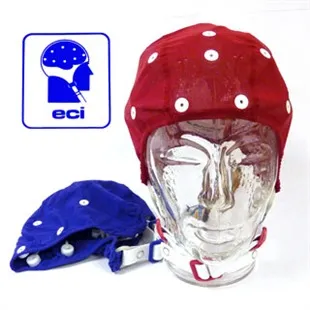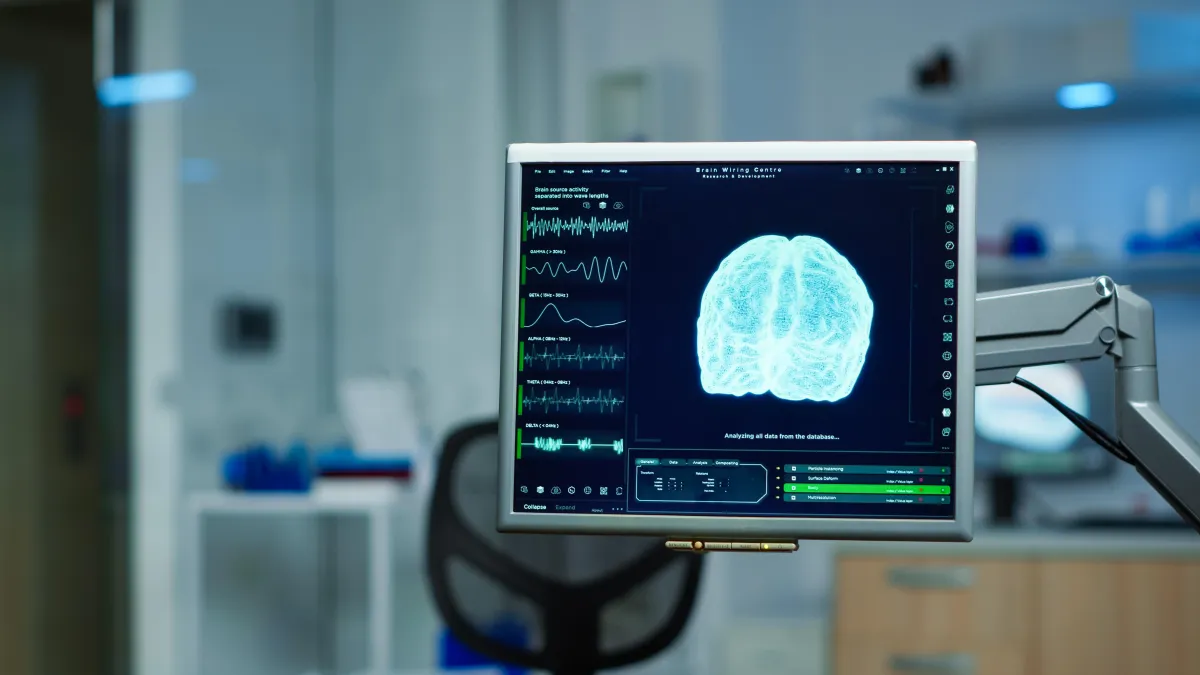QEEG ASSESSMENTS
Home >> QEEG Assessments
What is QEEG (Quantitative Electroencephalogram)?
A QEEG, or quantitative electroencephalogram, is a non-invasive method used to measure and analyze the electrical activity of the brain. Through the use of a specialized cap fitted with electrodes, the brain’s activity is recorded and compared to a normative database to identify areas of imbalance or dysfunction. This comprehensive brain map provides valuable insights into various cognitive, emotional, and behavioral issues, helping to guide personalized treatment plans for conditions such as ADHD, anxiety, autism, and more.

Understanding Your Brain
What is QEEG (Quantitative Electroencephalogram)?
Mapping Brain Activity for Deeper Insight
A QEEG, or quantitative electroencephalogram, is a non-invasive method used to measure and analyze the electrical activity of the brain. Through the use of a specialized cap fitted with electrodes, the brain’s activity is recorded and compared to a normative database to identify areas of imbalance or dysfunction. This comprehensive brain map provides valuable insights into various cognitive, emotional, and behavioral issues, helping to guide personalized treatment plans for conditions such as ADHD, anxiety, autism, and more.
The Importance of QEEG Assessments
QEEG assessments are an essential tool in neurofeedback and neurotherapy treatments. By capturing real-time data on brain function, a QEEG allows clinicians to pinpoint specific areas of the brain that may be under or over-active. This data is used to design customized treatment plans aimed at rebalancing brain activity and improving mental health outcomes. QEEG assessments are especially helpful for diagnosing complex conditions like PTSD, mood disorders, and traumatic brain injuries.
The Process of Capturing Brain Data
During a QEEG assessment, small sensors are placed on the scalp to record brainwave activity over a short period, typically around 10 minutes. The assessment is done in two states: eyes open and eyes closed, providing a complete view of how the brain functions in different conditions. The results are then analyzed to identify patterns associated with mental health challenges such as anxiety, depression, ADHD, and more. The process is safe, non-invasive, and comfortable, allowing for accurate and informative results.

From QEEG to Neurofeedback Training
Personalized Treatments for Lasting Change
The information gathered from a QEEG assessment forms the foundation for personalized neurofeedback training. By understanding the areas of the brain that require attention, neurofeedback sessions can be designed to target specific brainwave patterns and promote healthier functioning. This approach can help reduce symptoms of various conditions, improve cognitive performance, and support emotional regulation. The combination of QEEG assessments and neurofeedback is a powerful method for fostering long-term brain health.
